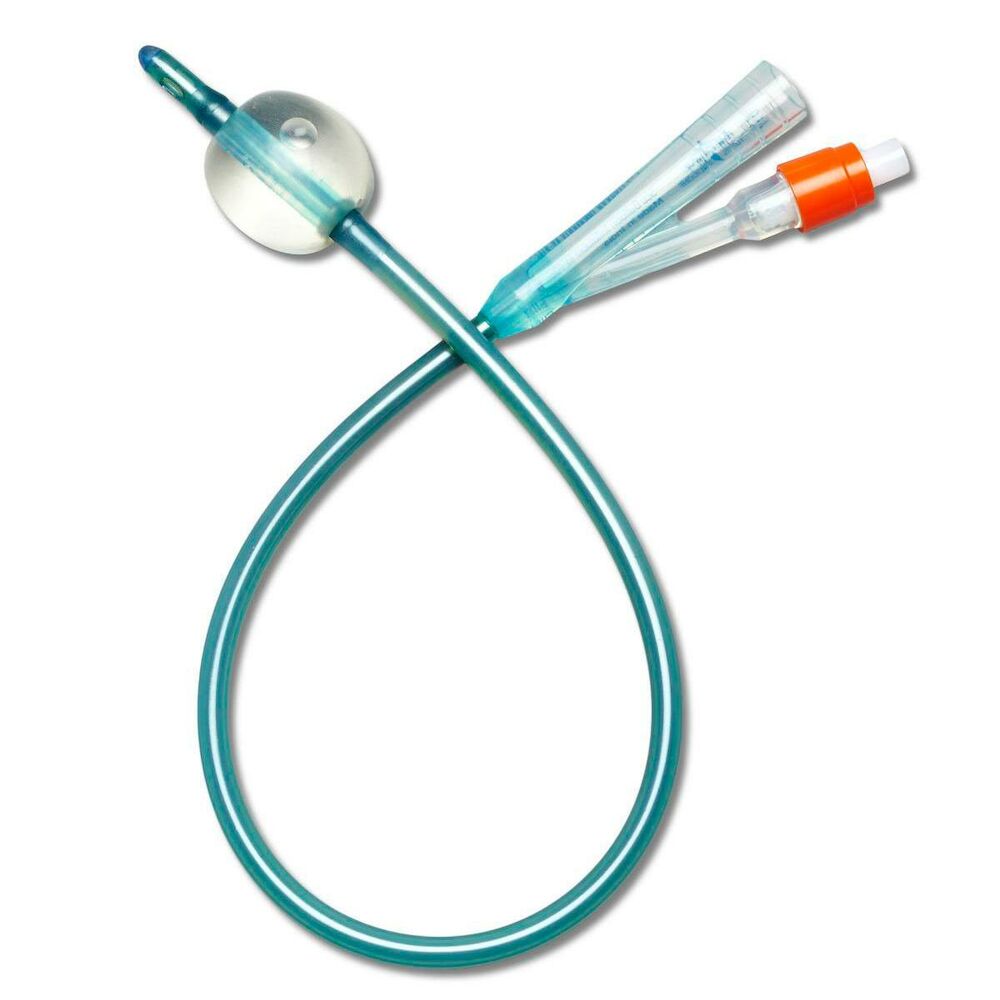In this program we will discuss the various types of urinary catheters frequently seen in home care, as well as talk about considerations for short- versus long-term catheterization. We will also examine the principles of catheter management including perineal hygiene, specimen collection, drainage bag care and maintenance, catheter removal and post-removal site care. We will also take a look at catheter complications including CAUTI, obstructions, bypass leakage, catheter-related bladder discomfort (also known as CRBD) and skin breakdown, and implications for the patientís quality of life. Rounding out this course will be information on patient/caregiver education to support the successful management of the patient with a catheter. We will not be examining the use of external catheters or condom catheters, most commonly used for men who donít have urinary retention issues, but may have functional or mental disabilities, such as dementia.
First, letís review the learning objectives for this course. These will set the criteria for what we will learn today, and what is expected of the learner in order to be awarded CE credit. Upon completion of this course the learner will be able to:
1. Describe the characteristics of two types of urinary catheters and the benefits of each. 2. List two of the criteria for short- versus long-term catheterization. 3. Itís important to understand the issues that can arise from the use of catheters, and at the conclusion of this program you should be able to describe at least three catheter-related complications and how to manage them. 4. Define at least two topics that should be covered during patient/caregiver education.
Characteristics of Catheters Catheters can be used for short or long-term evacuation of urine in cases of retention or incontinence. Urinary catheters have been around for about 3,500 years and were originally used to relieve urinary retention. Several iterations were created in the 1800s. In 1929 Jean FranÁois Reybard invented the self-retaining catheter with two channels Ė one for draining urine and one for the inflation of a balloon with sterile water to retain the catheter in the bladder. In the late 1960s catheters were made from a silicone elastomer, which reduced rates of infection, irritation, and encrustation. In the early 2000s antimicrobial coatings and chemical impregnation was introduced to reduce formation of surface biofilms and encrustation, reducing the risk of infection for indwelling catheters by allowing another 2-3 weeks before changing.1
Urinary catheters have a variety of characteristics, including materials, sizes, tips, balloons, valves, and additional devices for drainage, and for securing the catheters in place. Catheters may be straight, single use with a single lumen and 1.25 cm opening, a 2-way Foley or retention catheter with an inflatable balloon near the tip to hold it in place, or a 3-way Foley or retention catheter that has two or three lumens around the body of the catheter allowing one lumen to drain urine and one to hold water and deflate the balloon. A third lumen allows a route for continuous irrigation and/or to instill medications directly into the bladder.
Materials: Catheters may be made of plastic, polyvinyl chloride (PVC), latex rubber, or polytetrafluroethylene (PTFE) Teflon-coated latex. Decisions on which materials are best will depend on the duration of use. Long-term use suggests the need for silicone, silicone-elastomer coated latex, or hydrogel-coated latex. While encrustation of the simpler latex catheters may be more common, they are less expensive than their silicone or hydrogel-coated counterparts.
A systematic Cochrane Review evaluated types of urethral catheters used in short-term voiding problems for hospitalized patients. The review of 25 trials with 12,422 patients and one large cluster randomized cross-over trial with 27,878 patients found evidence to suggest the silver alloy coated catheters did not reduce the number of urinary tract infections despite a reduced number of bacteria in the urine. There was weak evidence that antimicrobial-coated catheters could reduce urinary tract infections as well as the number of urinary bacteria. The review found that antibiotic-coated catheters caused more discomfort and were more expensive. Their conclusions found that the length of time the catheter is used, and the number of unnecessary catheterizations may have the greatest bearing on risk for urinary tract infections.2 |



